 1843 - 1902
academic classicism
1843 - 1902
academic classicism
Description Henryk Hector Siemiradzki
Henryk Hector Siemiradzki, born on October 24, 1843, in Warsaw, Poland, etched his name in art history as a master of historical painting, blending classical themes with meticulous realism. Siemiradzki's journey unfolded against the backdrop of political upheavals, leading him to become a key figure in the Russian art scene.
Siemiradzki's early education in Warsaw was marked by a deep engagement with literature and the classics, which would later permeate his artistic endeavors. He pursued his studies at the Imperial Academy of Arts in St. Petersburg, immersing himself in the rich cultural milieu of the Russian capital.
His early works, including "Nero's Torches," already showcased Siemiradzki's penchant for historical subjects and his meticulous attention to detail. His time in Italy, a crucial period for many artists, allowed him to study ancient ruins and immerse himself in the grandeur of classical art, influencing his subsequent works.
Siemiradzki's paintings, often monumental in scale, captured historical events with a vividness that transported viewers to another era. "Christian Dirce," a portrayal of a Christian martyr, exemplified his ability to infuse historical subjects with emotional intensity. His use of light and color lent a theatrical quality to his compositions.
The artist's acclaim reached its zenith with "The Christian Martyr's Last Prayer," a monumental canvas that combined historical and religious themes. This work, showcasing early Christian martyrs facing a pagan crowd, secured Siemiradzki's reputation as a master of historical genre painting.
Beyond his artistic pursuits, Siemiradzki's life was marked by his engagement with contemporary social issues. He participated in charitable activities and championed causes related to education and the arts. His role as a professor at the Imperial Academy of Arts allowed him to influence the next generation of Russian artists.
Henryk Hector Siemiradzki passed away on August 23, 1902, leaving behind a legacy that bridged the classical and the contemporary. His commitment to historical accuracy, coupled with an emotive narrative, ensured his lasting impact on the course of Russian art. Siemiradzki's ability to weave the threads of history into his canvases, creating immersive experiences for the viewer, secured his place as a luminary in the pantheon of 19th-century painters.
Gallery
Paintings Henryk Hector Siemiradzki
F.A.Q Section
"Nero's Torches" (1877): A dramatic painting depicting the aftermath of the burning of Rome during the reign of Emperor Nero.
"The Sword Dance" (1871): A lively depiction of a traditional Polish sword dance, showcasing Siemiradzki's versatility in portraying historical and contemporary scenes.



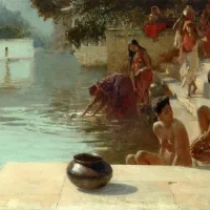
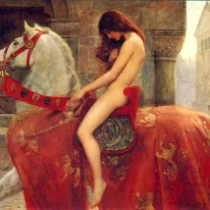

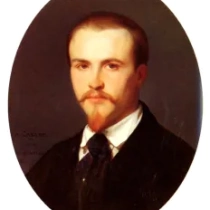
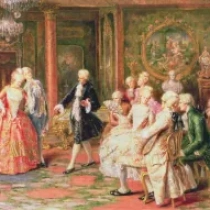
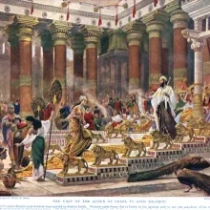



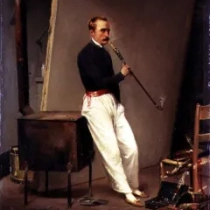

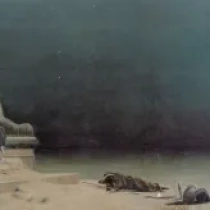
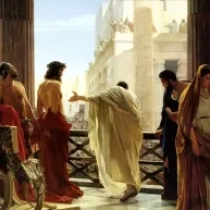




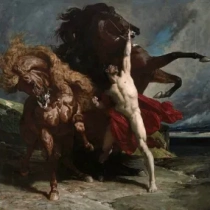
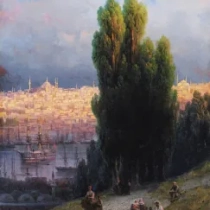


No Comments Yet...